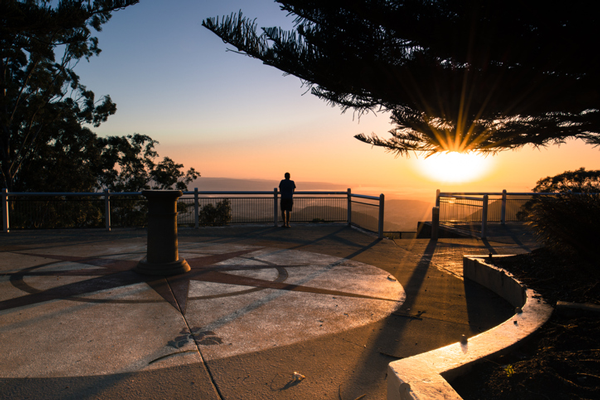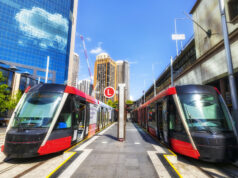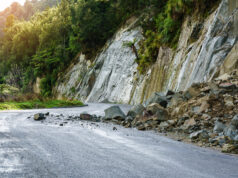Like many local government organisations, Toowoomba Regional Council’s various departments were historically siloed in terms of decision making and information sharing.
Realising that this was impeding the efficient and effective management of assets, the council created an integrated asset management team and implemented a new Enterprise Resource Planning system several years ago.
Garry Willocks, originally a telecommunications engineer, assumed a role in Business Transformation and Strategy within the office of the council’s chief executive, with a mandate to drive a more integrated and holistic approach to asset management.
“We look to bring all the asset management practices in the organisation together to improve efficiency and functionality,” says Willocks.
“There’s accounting data around finance and depreciation, but also the spatial representation of assets which we can bring into the ERP system.
“There’s also a GIS (Geographic Information System) which is another technology we lock onto, and we are trying to integrate that core information and make it into good information which can be a point of truth, and from that we have a centralised register to make all the decisions.”
These decisions span planning and financial depreciation and expense and overall lifecycle costs, which – at the end of the financial year – enable the council to understand the costs it has incurred in delivering services from the assets.
Willocks says he relies on the ERP system but also heavily on the International Infrastructure Management Manual (IIMM) and its standards to help the Toowoomba team in their task.
The IIMM, he says, brings maturity to asset management practice and enables the council to benchmark itself against international standards.
“It helps us to understand if we are on the right path in regards to better practice,” says Willocks.
He links the IIMM to Australian manuals on infrastructure and financial maintenance and IPWEA’s National Asset Management Assessment Framework to gain a deeper understanding of the maturity of the management plan.
“All this informs our impetus for creating an improvement plan,” says Willocks.
“So I have all the asset management plans with their own improvement plans within them and I bring them all together, and we report on those but also link some of them back to the National Assessment Framework, which is a really good benchmarking tool.”
Willocks also uses a predictive modelling and optimisation tool within the ERP system, which “crunches all of the models” to deliver insights on asset risk based on age and condition.
This helps in driving decisions on renewing or repairing assets before the end of their useful economic life.
“There does come a time when the cost of maintaining these assets starts to increase, and that is what gets highlighted by the predictive modelling tool,” he says.
“We’ll have a budget for water infrastructure services, for example, and a certain proportion will be operational maintenance, and there’s capital renewals and new acquisitions coming on board.
“So it all plays a part in creating a commentary to the corporate finance staff to help them determine our liability going forward.”
These insights are also used to determine the overall sustainability of the council and its assets.
“There are so many things we can do as an organisation to improve our financial sustainability and our understanding of the task of strategic asset management,” says Willocks.
“And as a ratepayer myself, I have a vested interest.”
Willocks believes that Toowoomba is improving its asset management performance as a result of the more holistic approach, and that it is also having a positive cultural influence.
“In the early days there was very little known about all of this and we were very segmented,” he says.
“Now we are more and more coming together to work together on our processes.
“We’re still not quite there yet, but it’s getting better and better all the time.”














